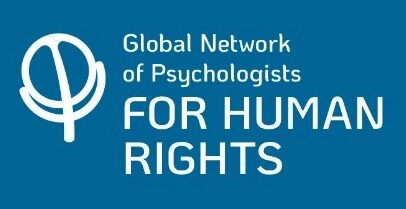Dovidio, J.F., Gaertner, S.L., Hodson, G., & Houlette, M.A. (2004). Social Inclusion and Exclusion: Recategorization and the Perception of Intergroup Boundaries. https://doi.org/10.4324/9780203496176-17
Abstract
Intergroup inclusion and exclusion have critical implications for one’s attitudes toward others. Attraction and prejudice are fundamentally related to social categorization and to the perception of intergroup boundaries-boundaries that define who is included in one’s own group (a “we”) and who is excluded (a “they”). Upon social categorization, people favor ingroup members in terms of evaluations, attributions, material resources, helping, and social support. Thus, changing the nature of intergroup inclusion and exclusion can have important consequences for interpersonal and intergroup relations. Building on research demonstrating the importance of social categorization in creating and maintaining bias, in this chapter we explore the implications of the Common Ingroup Identity Model (Gaertner & Dovidio, 2000; Gaertner, Dovidio, Anastasio, Bachman, & Rust, 1993). According to this model, if members of different groups are induced to recategorize themselves as a superordinate group rather than as two separate groups, then intergroup prejudice, stereotyping, and discrimination will be reduced through the extension of pro-ingroup bias to former outgroup members.
